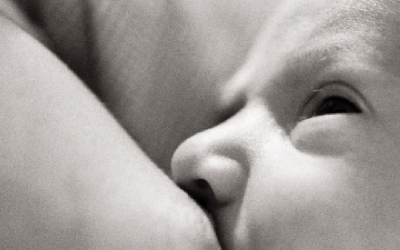HIV – Disease Peaks at Breastfeeding Weaning Stage
Not much is publicised about the effects of HIV on pregnancy, but a recent study has shown that the amount of HIV in an infected woman’s breast milk reaches peak quantities when the weaning stage begins. The results of the study have caused more of an urgency for infected mothers to use formula or continue the course of antiretroviral drugs throughout and after they wean their child in order to reduce the risk of the child contracting the virus. It has also helped to provide a better understanding of why children weaned early are no more likely to develop HIV than those who are continue to breastfeed. The weaning stage leads to higher concentrations of the virus to build up, which means that this stage is extremely dangerous for the infant. Researchers hope that the results of the study will offer more substantiated evidence in encouraging women to continue their treatment throughout the breastfeeding period.
The results pose critical changes which need to take place in the advice provided to infected mothers. To start with, it is now more vital than ever that the individual takes antiretroviral therapy throughout the entirety of the breastfeeding stage, as well as weaning, so that the HIV transmission can be limited. Currently, the general process is that of giving mothers one to two weeks worth of treatment after weaning, but this may not be enough to prevent the contraction of the disease. Viral breast milks were significantly higher in mothers who began weaning their children in the two week period before the milk collection, compared to those who breastfed exclusively, according to the study. Researchers suggests that the HIV virus crosses through more easily from blood to milk during weaning as the junctions between the mammary cells become looser and more leaky.


Comments are closed.